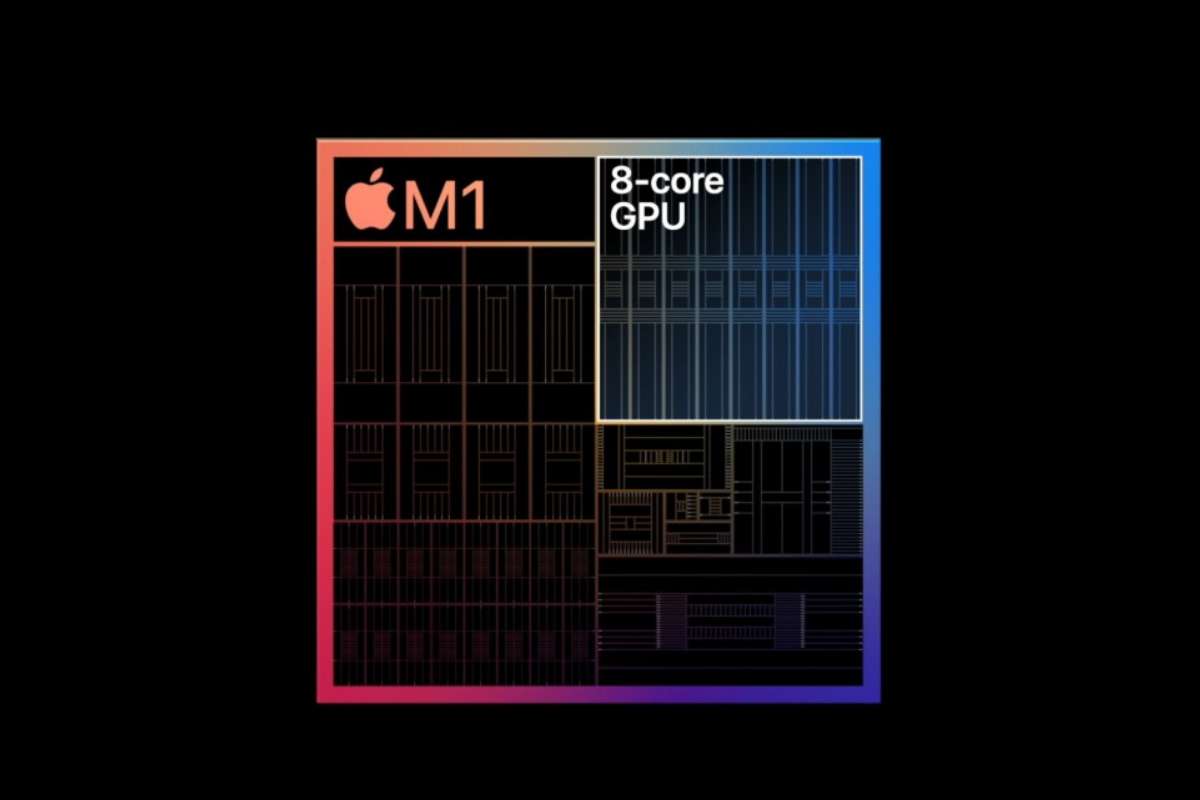The Cupertino based tech giant, Apple inc recently held its Spring event and, to the surprise of none, it ended up being the most talked-about tech event in the last few months. Whilst the highlighted product without a doubt was the iMac, which received a rather radical redesign, dividing tech enthusiasts into those who are in favour of the design, whilst the other side began to dearly miss Steve Jobs. Regardless, this event was another instance of Apple showing it is without a doubt the best at doing online (non-physical) events, ahead of the likes of Samsung, OnePlus and more. Alongside these products, we also saw the debut of two new iPad Pros, namely an 11-inch model and a 12.9-inch model. What sets them apart though is the computing power that Apple has chosen to use in the new iPad Pros, namely the M1 chip. For those of you in the dark, here’s a brief segment on what sets the M1 chip apart and why it was and to this date one of the most important power-related changes to occur in Apple’s coveted ecosystem.
Apple’s M1 Chip: What Sets It Apart
Apple went on the stage back in November, announcing the new MacBook Air and MacBook Pro, with the M1 chip based on ARM technology at the helm. Here are some things that set the M1 chip apart.
Battery efficiency: Battery efficiency is a key aspect of any device and, with the switch to ARM architecture and the M1 Chip, users familiar with MacBooks of the past reported extraordinary battery life, living up to the claims Apple made, specifically 18 hours of battery life on the MacBook Air. Battery drain whilst in a hibernated state was also quite less. Performance: Apple was onboard a sinking ship with Intel, the company has lost ground to much smaller opponents like AMD. With the shift to the M1 chip, gaming, in any form now seemed possible, something that was unheard of for a Mac user. The GPU performance too skyrocketed, with the devices running on the M1 chip being capable of providing 6 times the GPU performance in comparison to earlier. Power Usage: With The M1 chip, Apple was quite confident in saying that the 8-cores of the chip were capable of providing the best performance per watt, with the chip designed to perform a single task with the highest efficiency without compromising the performance aspect.
Where Do The New iPads Come Into This Equation?
Some of you reading might get confused as to why a fairly subtle upgrade deserves so much attention. In reality, the launch of the M1 based iPad is not a major upgrade for the iPad, despite being fairly substantial, rather it is an indication of what might come in the future, in the context of MacBooks. With the launch of the M1 chip on an iPad, Apple clearly indicated that the chipset works with a touchscreen-based device. As of now, Apple’s portfolio includes the entire Mac Lineup (Pro, Air and iMac) running on the M1 chip and the two new iPads. This is an indication of the possibility of a touch-enabled MacBook, something that users have been waiting for. Whilst the current MacBook has no issues, the touch-enabled MacBook might be a deal-breaker. Most of Apple’s competitors, be it HP, Dell or Lenovo offer flagship laptops with touchscreen displays. This might not seem to be a major feature, but in the long run, a touchscreen has its benefits, with ease of use being a key factor here. If all goes well and the iPad is issue free, users will have no choice but to ask a query in their mind “When Will Apple Launch a Touchscreen Mac or MacBook” to which Apple might have an answer in the not so far future.

